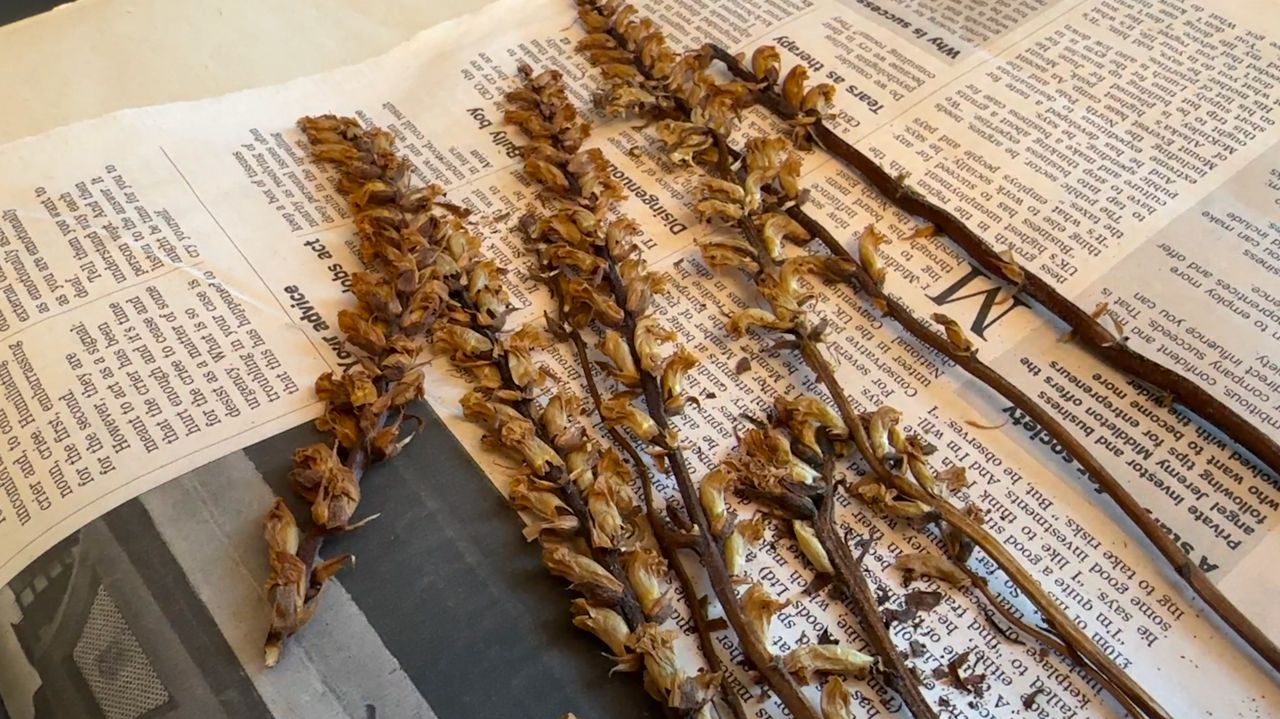LA CROSSE, Wis. — A University of Wisconsin-La Crosse biology professor is conducting research that could help the California tomato industry.
What You Need To Know
- A University of Wisconsin-La Crosse biology professor is conducting research on branched broomrape for the California tomato industry
- Branched broomrape has been known to rob tomato plants of nutrients
- There were several branched broomrape outbreaks throughout the 20th century until the 1970s, but now it's made a comeback
- The California Tomato Research Institute has given Schneider funding over the next two years to find out why
In his lab, Adam Schneider tests branched broomrape, a parasitic plant.
“[I’m going to] look for genetic differences between different samples and so we have to get the DNA out of the tissue so we can sequence it and look at it,” said Schneider.
Branched broomrape has been known to rob tomato plants of nutrients. There were several branched broomrape outbreaks throughout the 20th century until the 1970s. Those outbreaks killed many tomatoes in California.
The invasive weed has now started to make a comeback. This is why the California Tomato Research Institute has given Schneider funding over the next two years to find out why.
“We are really interested in determining whether these populations represent a different introduction from where these plants normally live in Eurasia into California or do they represent the same introduction that went dormant for a while,” said Schneider.

Schneider said he’s also interested in the issue because he acquired his PhD in integrative biology at the University of California-Berkeley.
He said he hopes his research can help California control the spread of the invasive weed.
“If we find evidence there has been repeated introduction of this pathogen, then we would want to allocate resources and be very careful where those seeds are coming from,” said Schneider. “On the other hand, the same population of plant that’s being moved around from field to field, then we would want to focus on, or farmers would want to focus on, better hygiene of equipment.”
While this weed has not been found in Wisconsin, Schneider said there is still value in researching it here.
“I think just really understanding how these plant pathogens spread generally can also give us some clues about what things to be careful about in any agricultural context,” said Schneider.



